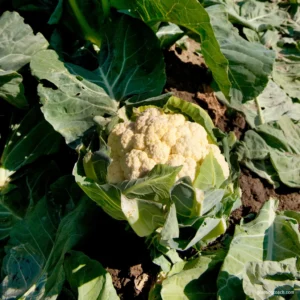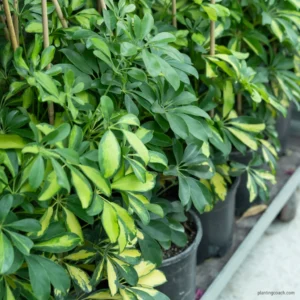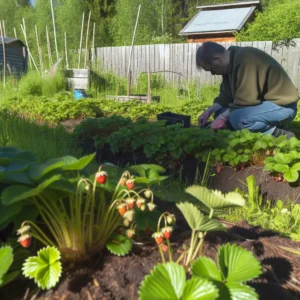Peonies, cherished for their lush blooms and enchanting fragrances, require careful attention during planting to thrive. You should know the best time to plant peonies. Our guide will help you find the best time and process. Learn how to assess your climate and soil, weigh the benefits of spring versus fall planting, and ensure your peonies dazzle your garden. Let’s unlock the secrets of perfect peony planting timing together!
Peonies:
With their stunning blooms, peonies captivate gardeners worldwide as more than just pretty flowers—they’re resilient perennials with a captivating growth cycle. They enchant with the emergence of lush foliage and the spectacular burst of fragrant flowers.
With varieties like herbaceous, tree, and intersectional hybrids, peonies demonstrate remarkable adaptability to diverse climates and soil types. Whether in the frosty landscapes of Alaska or the balmy shores of Florida, there’s a peony variety suitable for every corner of the globe.
Gardeners everywhere favor peonies for their resilience and charm. As we explore the intricacies of planting these floral wonders, let’s delve deeper into the world of peonies and uncover the secrets that make them beloved by gardeners worldwide.
Best time to plant peonies
Before planting peonies, you should know the best time to plant peonies. Factors such as climate, soil conditions, and peony variety actively determine the optimal planting time.

Consider your climate and hardiness zone to select peony varieties thriving in your region’s conditions. Ensure the soil is well-draining and slightly acidic to neutral; if necessary, amend heavy clay soils with organic matter.
Spring and fall emerge as the primary planting seasons for peonies. Spring planting facilitates early establishment and potential blooms within the same year, while fall planting fosters root growth for robust plants in the following spring. Choose the timing aligning best with your climate and soil conditions to guarantee successful peony cultivation in your garden.
Plant peonies: Step-by-Step Guide
- Preparation of the Planting Site
- Selecting Healthy Peony Roots or Plants
- Soil Preparation and Amendments
- Planting Depth and Spacing Guidelines
- Watering and Mulching Techniques
- Tips for Caring for Newly Planted Peonies
Preparation of the Planting Site
Start by choosing a suitable location for your peonies. Select a spot with well-draining soil and full sun exposure, as peonies flourish in these conditions. Remove any weeds, rocks, or debris from the planting area, and loosen the soil to a depth of about 12 inches.
Selecting Healthy Peony Roots or Plants
When purchasing peonies, choose healthy, dormant roots or potted plants from reputable nurseries or garden centers. Look for firm roots with several prominent eyes, indicating future growth points. Avoid roots that appear mushy or dry, as they may struggle to establish.
Soil Preparation and Amendments
Before planting, improve the soil by amending it with organic matter such as compost or well-aged manure. Thoroughly mix the amendments into the soil to ensure even distribution and create a nutrient-rich environment for your peonies.
Planting Depth and Spacing Guidelines
Dig a hole wide and deep enough to comfortably accommodate the peony roots. Place the roots in the hole, ensuring the eyes are facing upwards and are just below the soil surface. Space multiple peonies at least 3 to 4 feet apart to allow for adequate air circulation and future growth.
Watering and Mulching Techniques
After planting, thoroughly water the peonies to settle the soil around the roots. Apply a layer of organic mulch, such as shredded bark or straw, around the base of the plants to conserve moisture, suppress weeds, and regulate soil temperature.
Tips for Caring for Newly Planted Peonies
During the growing season, maintain consistently moist soil but avoid water-logging, particularly during dry spells. Regularly monitor the plants for signs of pests or diseases, and promptly address any issues. Refrain from disturbing the roots once planted, as peonies dislike transplanting.
Following these steps ensures successful spring planting of peonies and sets the stage for years of vibrant blooms in your garden.
Conclusion:
In conclusion, mastering the timing of planting peonies is crucial for ensuring their success and longevity in your garden. Understanding the factors influencing planting timing, such as climate, soil conditions, and peony variety, empowers you to make informed decisions that lead to thriving plants and abundant blooms.
We hope this guide has equipped you with the knowledge and confidence to successfully plant peonies and create a stunning display of blooms in your garden. Happy planting!
Popular Post: Budget-Friendly Gardening with a Raised Bed Soil Calculator
FAQ:
When is the best time to plant peonies?
The optimal time for planting peonies depends on various factors such as climate and soil conditions. Generally, both spring and fall are suitable planting seasons. Spring planting allows for early establishment and potential blooms within the same year, while fall planting encourages root growth for robust plants in the following spring.
How do I select healthy peony roots or plants?
When purchasing peonies, look for dormant roots or potted plants with firm texture and several prominent eyes, indicating future growth points. Avoid roots that are mushy or dry, as they may struggle to establish.
What soil conditions do peonies require for successful growth?
Peonies thrive in well-draining soil that is slightly acidic to neutral. It’s essential to amend heavy clay soils with organic matter like compost or well-aged manure to improve drainage and create a nutrient-rich environment.
How do I care for newly planted peonies?
After planting, ensure the soil remains consistently moist but not waterlogged, especially during dry spells. Monitor the plants for pests or diseases and address any issues promptly. Avoid disturbing the roots once planted, as peonies dislike transplanting.
What is the importance of spacing when planting peonies?
Proper spacing between peonies is crucial for adequate air circulation and future growth. It’s recommended to space multiple peonies at least 3 to 4 feet apart to allow each plant ample space to thrive.








